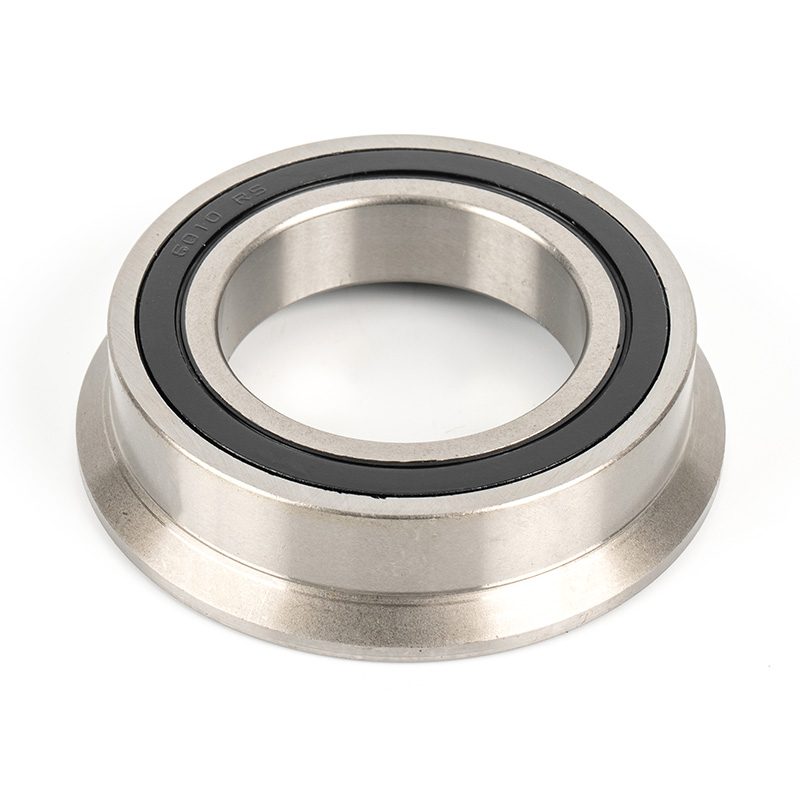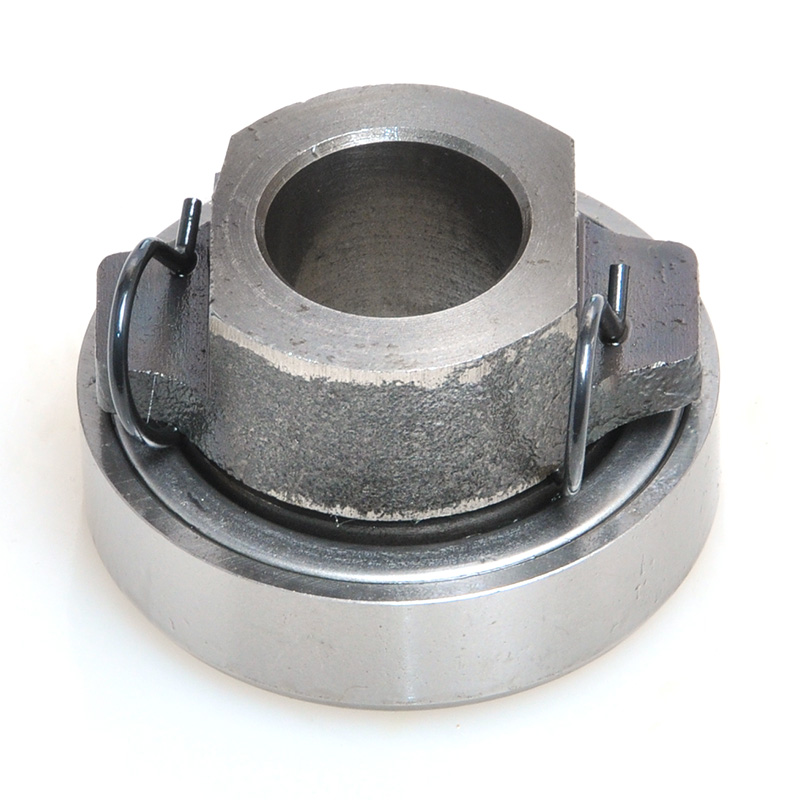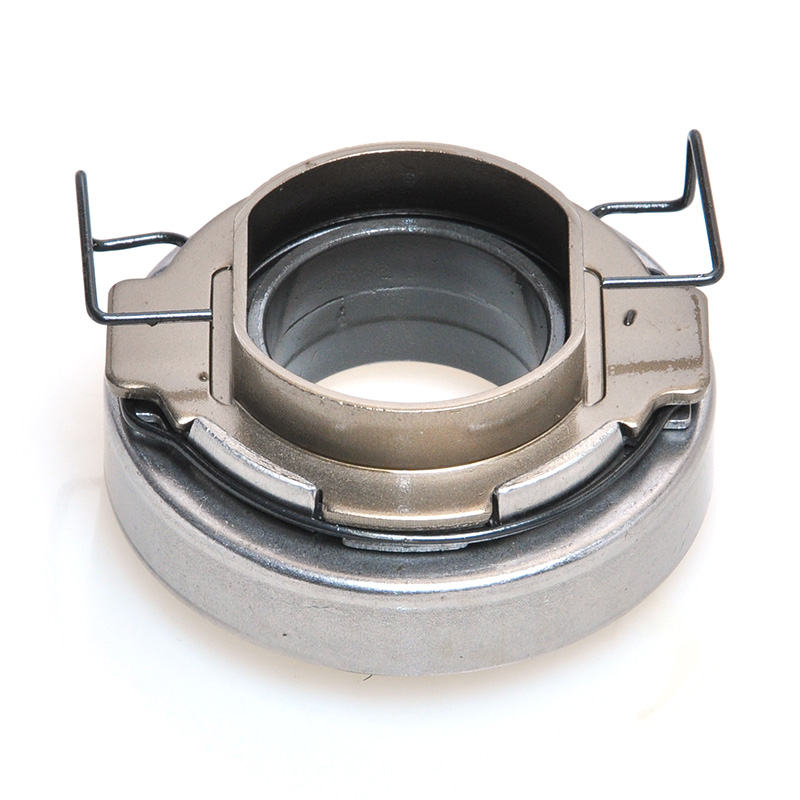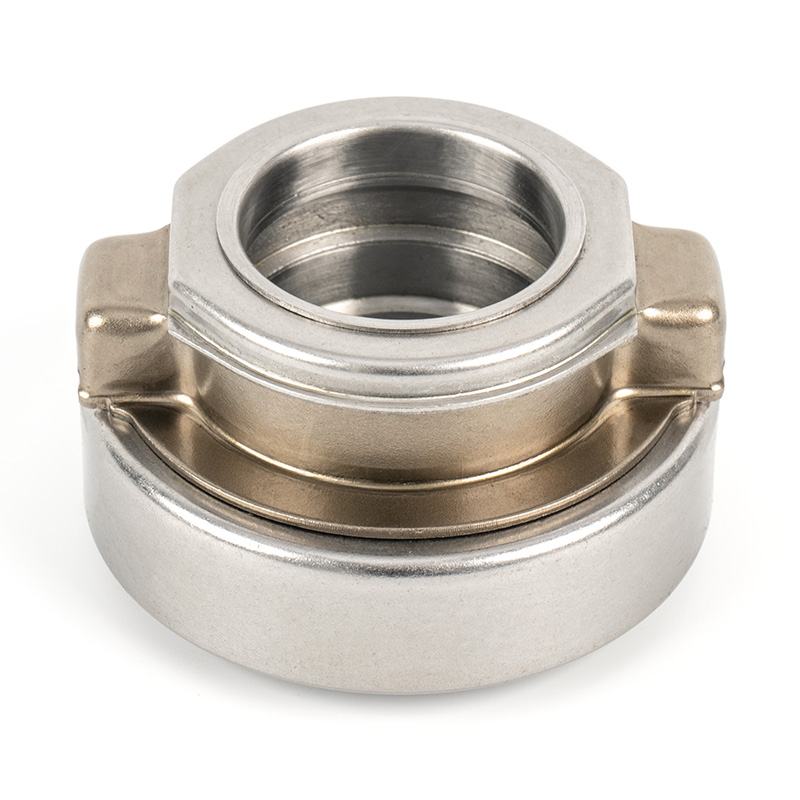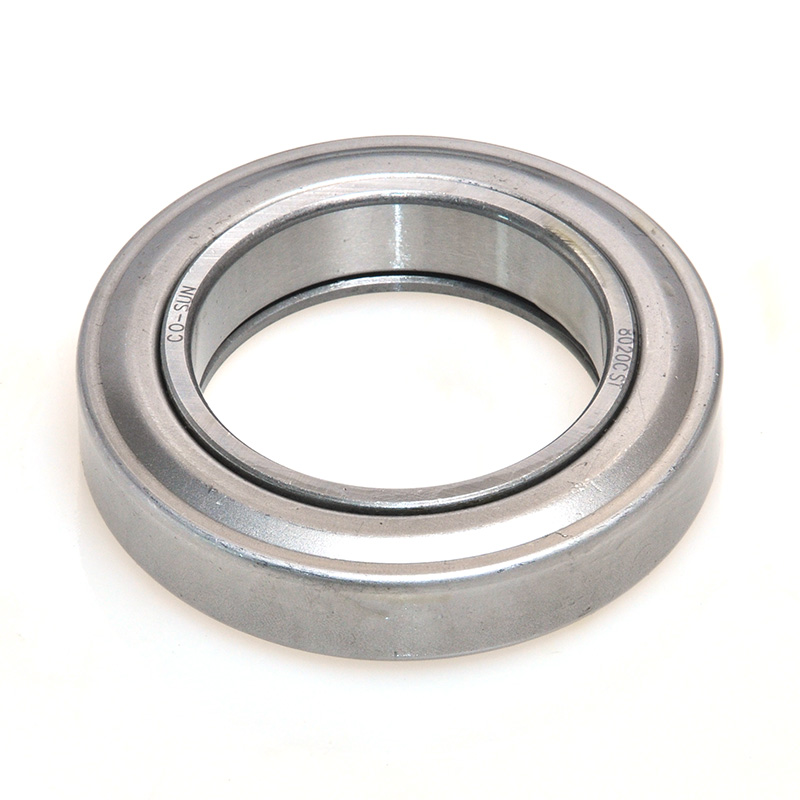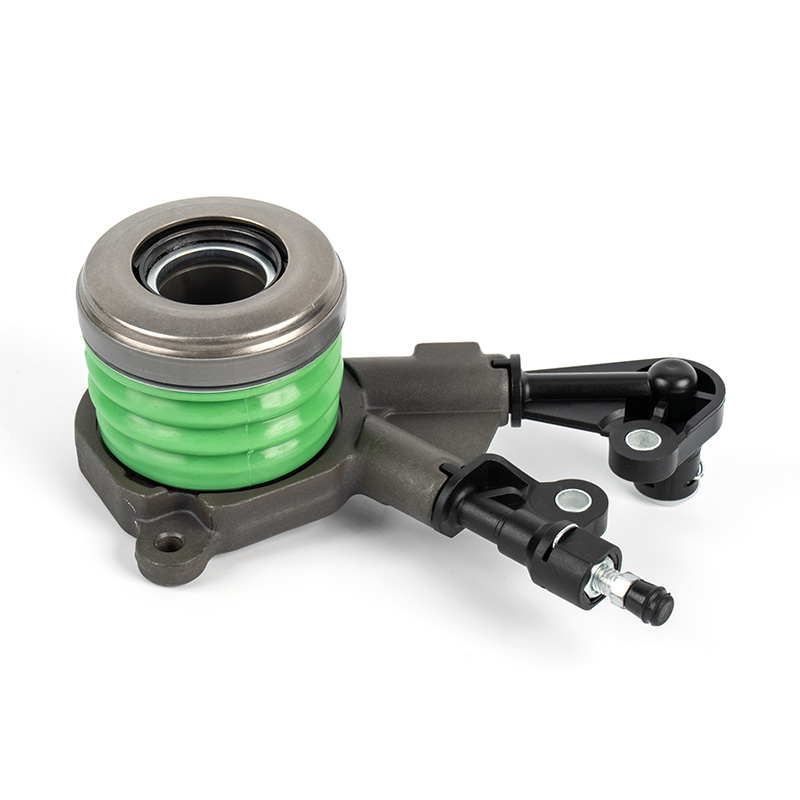Clutch Release Bearing 5122028 belongs to the category of one-way thrust ball bearings, which are designed to withstand unidirectional axial loads. Its structure consists of three core components: the shaft ring (matching with the transmission shaft), the seat ring (matching with the housing) and the steel ball cage assembly. The cage is usually made of machined steel or polyamide (the latter is suitable for temperatures below 120°C) to ensure stable rolling element guidance during high-speed operation. The ring material is mostly stainless bearing steel (such as AISI440/9Cr18), which is heat-treated to improve hardness and wear resistance, and the raceway surface is precision ground to reduce the friction coefficient. This type of bearing design emphasizes adaptability to installation errors. Some models support spherical self-aligning seat rings to compensate for axial centering deviations (such as within ±1.5°), while strictly avoiding the application of radial loads.
This bearing plays a core role in the vehicle clutch system and is located between the clutch fork and the pressure plate. When the clutch pedal is pressed, the bearing applies axial force to the diaphragm spring of the pressure plate, cutting off the power transmission between the engine and the transmission to achieve smooth gear shifting; after the pedal is released, the bearing resets and the power is reengaged. Its high dynamic load capacity (typical value 190–226 kN) and optimized lubrication design can cope with frequent start-stop conditions, but its maximum speed (about 950–1000 rpm for grease lubrication) should be noted, so it is suitable for medium and low speed scenarios, such as commercial vehicle clutches, construction machinery gearboxes or vertical pump units. If the bearing fails, it will cause abnormal shifting noises, incomplete clutch separation and other faults, affecting the reliability of the transmission system.
 +86-13867573512
+86-13867573512

